Top 3 Ways To Address Attic Frost!
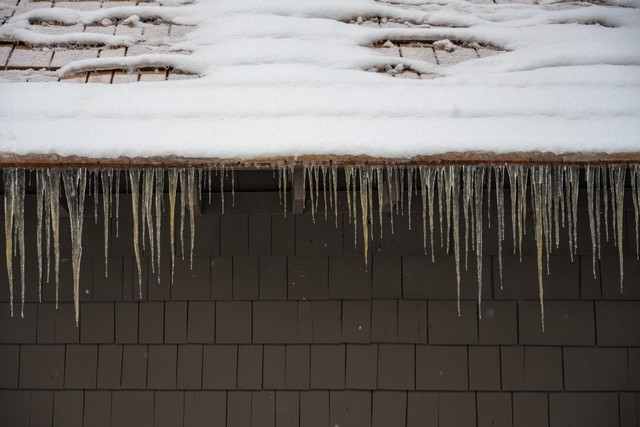
What Causes Attic Frost?
With winter conditions comes the risk of attic frost in your home or commercial property. A risk that could lead to a costly mold removal if you don’t properly take measures to prevent attic frost from becoming an issue.
As stated by our founders, Paul and Chris Daniele:

Happy New Year! We look forward to serving you in 2023! 🙂
Warm air rises and if your attic is not properly insulated and sealed, the warm air is going to escape through the roof via the attic. This makes it harder for your heating system to maintain ambient temperatures and wreaks havoc on your overall energy efficiency. You want to make sure that the top of your house is just as sealed as the walls. Think about what you do for yourself in the wintertime – you would wear a winter hat to keep your head warm and keep the heat from escaping your body, so make sure that the cap of your house is covered and secure. Upgrading existing insulation or installing new insulation significantly improves energy efficiency and keep the house warm.
The purpose of this article is to explain why attic frost occurs and provide you with the top 3 ways to address this problem.
Puritan Restoration, proudly serving residential and business owners in Norwood, Newton, Framingham, Cambridge, Needham, Brookline MA and surrounding areas, is passionate about helping our customers with their mold and water damage concerns. We specialize in water damage restoration and mold removal. Our staff are highly educated and trained on all aspects of water damage restoration. We are also experts at indoor air quality because your health and well being is our biggest concern. If you think you have water damage, please give us a call, 617-527-2229 or send us an e-mail
The Causes Of Attic Frost!
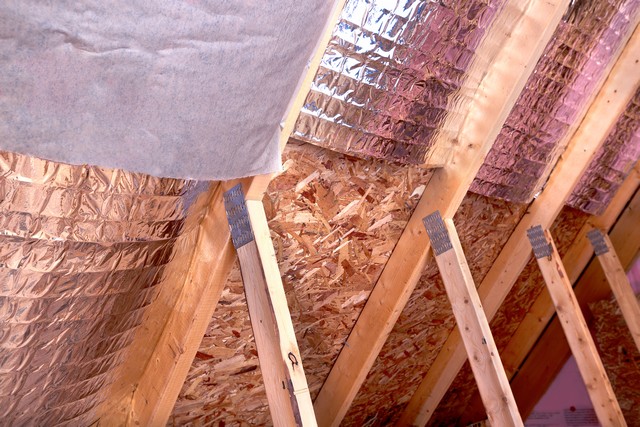
The Causes Of Attic Frost!
When cold weather fluctuates and there are temperatures above freezing, you might think your roof is leaking. In most cases it is not a leaky roof, but an attic frost issue.
Attic frost appears on the underside of the roof sheathing when warm, humid air accumulates and condenses. When the temperatures warm, and the frost starts to melt, improperly sealed pot lights, attic hatches and other areas of ceilings where penetrations in or no vapour barrier is present will start to drip through.
A little bit of frost forming is not unusual after really low nighttime temperatures, and it isn’t a huge problem if it is able to melt and evaporate so that wood can dry.
It becomes a more serious problem when the quantity of frost isn’t able to evaporate before more starts to accumulate. The longer this goes on, the greater volume of ice you will have and the greater volume of water you will have leaking down when it finally warms up enough to melt. This issue can cause mold growth and create property damage and health concerns in commercial and residential buildings.
In some cases, frost will form on the Northside of the attic sheathing and not the South. During the day, as the sun is out, in certain circumstances it will produce enough heat to warm the south side and allow it to thaw and evaporate moisture, but the north side will still have frost as it does not get warm enough to cause evaporation.
The worst cases of attic frost occurs when a bathroom fan or dryer vent is vented into the attic as opposed to the outside environment. When warm, humid air is blown into a cold attic space it will cause lots of frost and the aftermath of the melt could become very costly as the water drips into the drywall of your ceiling and your wall cavities.
Other scenarios that cause issues in your attic occur when a homeowner has additional insulation blown in with no insulation stops in place and they think more is better. Insulation being blown in without attic stops typically restricts the air flow from the soffits. When airflow from the soffits is restricted an attic will not stay ambient to the outdoor temperature and frost will most likely occur.
Another common problem occurs when there is inadequate ventilation at the roof’s peak. When this occurs the ventilation through roof vents or continuous ridge vents is inadequate and frost will also appear. When the soffits are clogged airflow is restricted and without airflow, an attic will not stay ambient to the outdoor temperature and frost will most likely occur.
Top 3 Ways To Prevent Attic Frost!
1. Reducing Relative Humidity Levels!
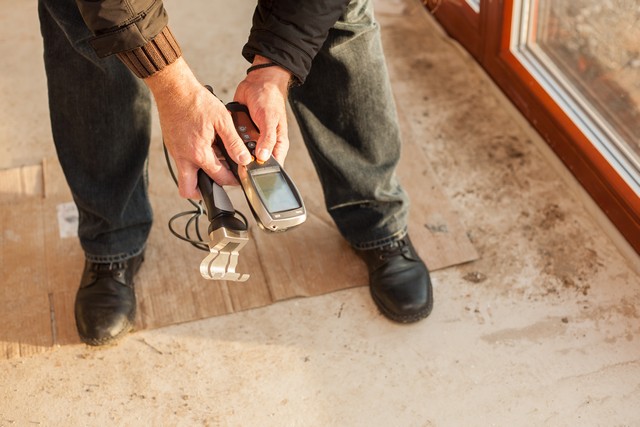
Reducing Relative Humidity Levels!
Anytime the RH goes above 50%, it becomes a concern; 35-45% RH is an acceptable level of humidity. The more humid it is in your home or office, the worse it will be for accumulations of condensation in the attic.
Using fans in your bathroom while showering and in your kitchen when cooking will help reduce humidity as long as they are not vented into your attic. If your basement is humid you should consider purchasing a good dehumidifier that has a drain line, so you don’t have to worry about draining it regularly.
If you are running an energy-efficient furnace and don’t have an air to air exchange system connected, look into installing one. Air to air exchange systems are a great way to control humidity in your home.
2. Attic Ventilation
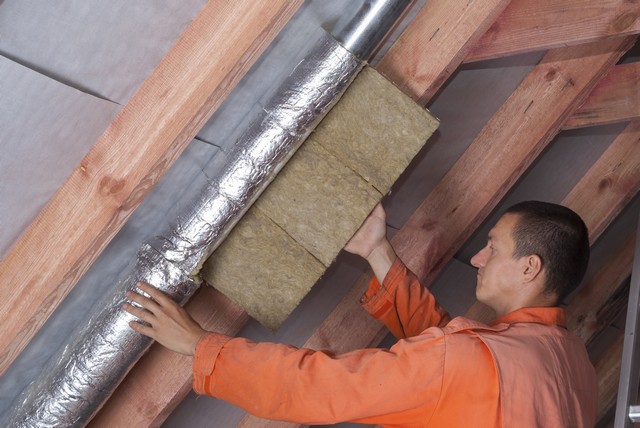
Attic Ventilation
Proper ventilation is a major factor in a healthy frost-free attic. In lots of cases, insulation baffles weren’t installed, and the insulation gets packed into the soffits to the facia and restricts the flow of air throughout the attic.
Even when your soffits are free from insulation clogging the airflow and you have baffles in place, the air from the soffits must have somewhere to flow through too. Your roof should have vents and either a ridge cap vent or others that create a draw of air from the soffits.
3. Ceiling Air Barriers
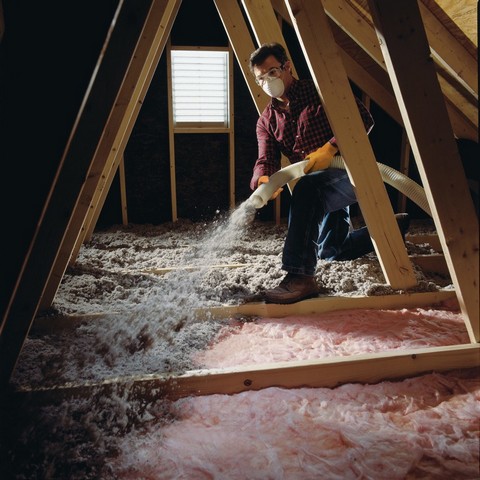
Ceiling Air Barriers
Air leakage through electrical fixtures such as pot lights, bathroom ceiling fans, and other electrical components are sometimes not sealed properly to the vapour barrier. When this happens warm and, in most cases, humid air leaks through from the home into the attic.
In some cases, no air barriers will even exist, and it is very important to put the barriers in place to prevent energy loss and frost from forming in the attic on the roof sheathing. If you have no vapour barrier installed in your attic, there are still options such as spray foam, removing insulation and placing a new vapour is also an option. Once insulation gets wet, the R-value is reduced and it must be replaced, not dried.
If you do not have any vapour barrier and your truss system is such that it won’t allow for install of a vapour barrier from above, spray foam will most likely be your only option.
Got Attic Frost Questions?
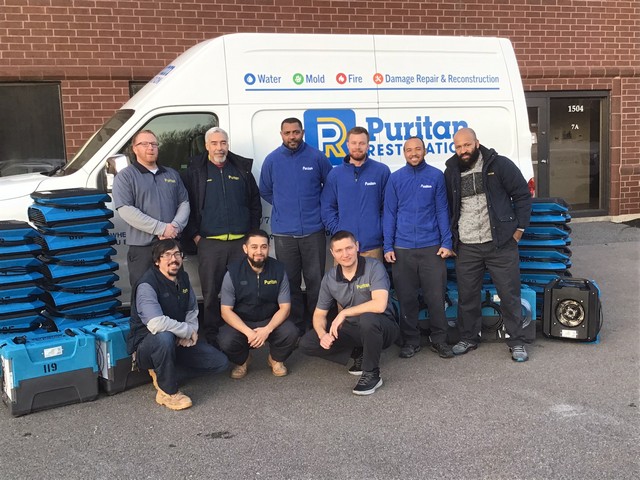
Got Attic Frost Questions?


Recent Comments